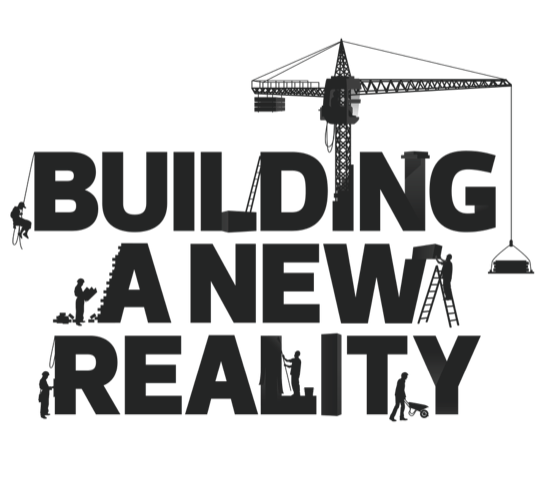I moved to Mexico to get away from people.
“Peopling,” as I call any social activity, takes effort. Sometimes, it requires making a phone call when I prefer the solitude of the jungle or beach. Other times, peopling means traveling by bus and taxi to have dinner with a friend I haven’t seen in a year.
I hadn’t realized how dependent I have become on solitude as a means of social avoidance, until I attended in November the four-day Restorative Practices Basic Training at the International Institute for Restorative Practices (IIRP) in Bethlehem, Pennsylvania.

A Crash Course in Restorative Practices
Led by Lee Rush, a former alternative education teacher and administrator and dead-ringer for Ted Danson, the flagship event imparted a series of strategies you can use to immediately strengthen relationships and respond to conflict in your family, workplace, or community.
The first two training days focused on understanding and facilitating restorative circles as a means of building social capital, resolving social problems, and responding when harm occurs. The remaining two days were spent learning how to facilitate a formal, scripted circle process to address incidents such as bullying, vandalism, and workplace conflicts.
We also studied and practiced the steps required to conduct a restorative justice conference—from determining the victims, offenders, and their families and friends who will participate, to running the formal meeting itself.
However, the real work of restorative practices—as I discovered during the powerful, hands-on intensive—is not orchestrating our influence on others, but understanding what parts of ourselves might yearn for healing in the restorative process.

Encountering Strangers
Encountering thirty strangers and, to the extent that you choose, revealing your hopes and fears during a four-day process is never easy.
Examining how I experienced each of the stages of team development during the IIRP Basic Restorative Practices training is an instructive means of considering the internal work restorative practices solicits from the practitioner.
While much has been said by me, Ted Wachtel, and others about the social benefits of restorative practices, we rarely talk about how restorative practices has the potential to change participants on a cellular level, because it requires you to change your perspective on the world and your place in it.
Evaluating restorative practices from such a vantage point provides the practitioner an opportunity to develop a better relationship with themselves, family, and community. We become better people when we realize the things that unite us are stronger than those that divide; when our individual struggles are encompassed in a rich, universal story.
Lurching Towards Community
To guide us through the process, Lee provided a framework based on psychologist Bruce Tuckman’s “Five Stages of Team Development” – forming, storming, norming, performing, and adjourning (also called mourning).
In this and the next few articles, I will describe each of the stages as I experienced them during the restorative practices training.
Forming, the first stage, is when the group starts to gather. It’s a lot like college orientation day, on-boarding at a new job, or even a first date. In the case of me and my fellow training participants, we were shy and awkward, shoving our heads into our cell phones and trying to hold onto what was familiar.
I complained about the weather in the initial stages of training. Whenever someone in the group tried to engage me on a personal level, I whined about the difference between the 30-degree weather in Bethlehem, Pennsylvania and the 84-degree climate I left in Mexico. I resisted joining the group by limiting my answers to as few words as possible, and drawing the scarf I wore against the November chill across my body like a shield.
Lee shook us out of our desperate grasp of familiarity by introducing a series of short games, so that play became the key to lowering the masks we present to the world, while forming a new identity within the group.

As the group formed, we created individual roles and responsibilities in the group. Dan (not his real name) was the jokester, who could be counted on for a good laugh. Monica made sure everyone was comfortable, and asked if anyone wanted anything. Lisa proclaimed herself the leader, and facilitated small group discussions.
By the end of my first day, I didn’t know what my role could or should be. Unlike the others, who were teachers and education administrators, I was a writer. My craft comes from observation, not participation. Would I have the courage to release who I have always been, so that restorative practices could show me who I could become?

